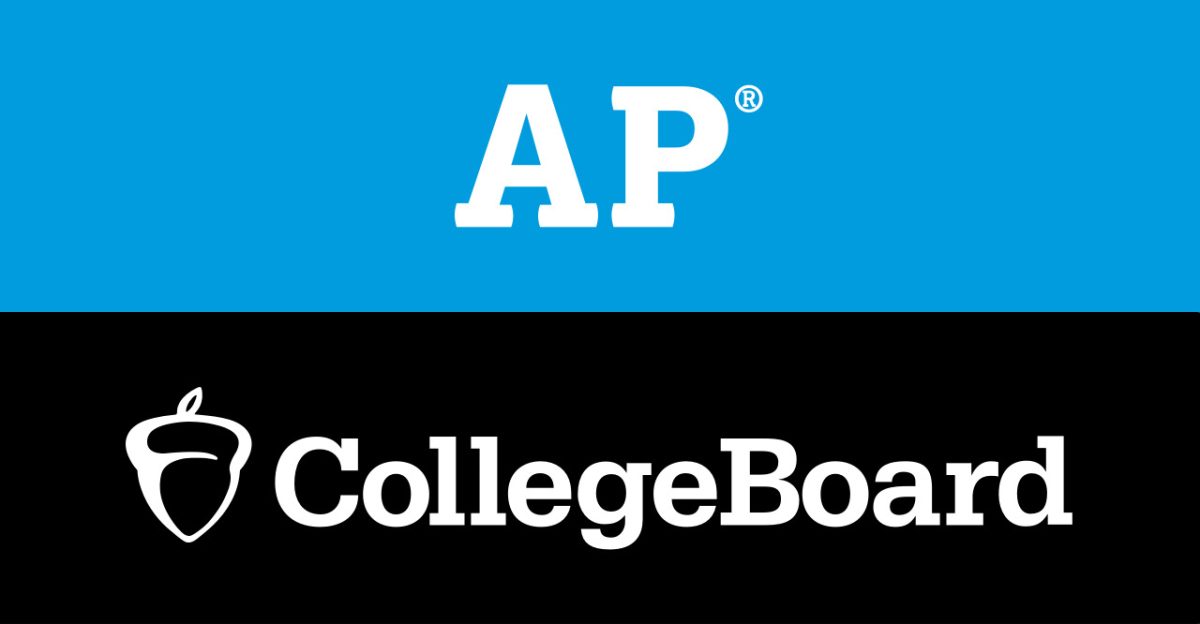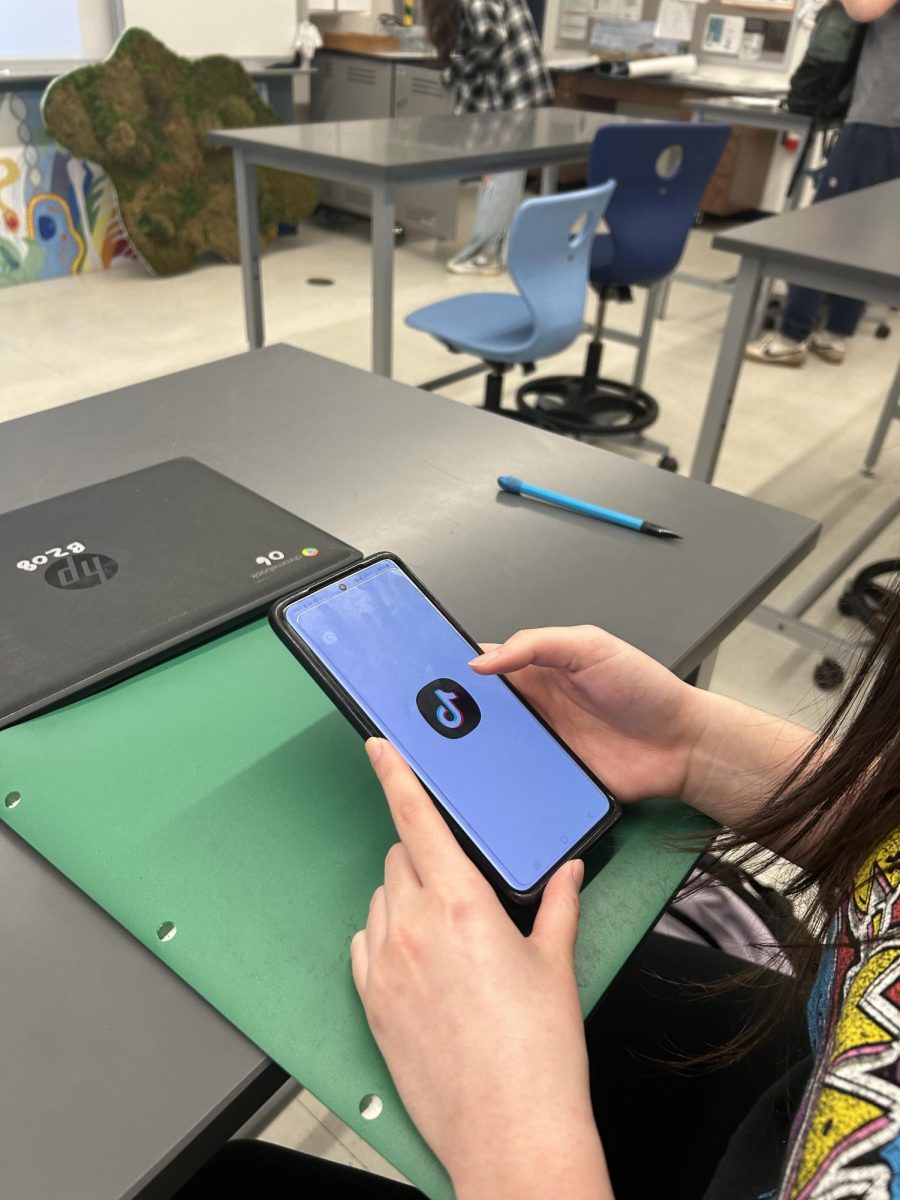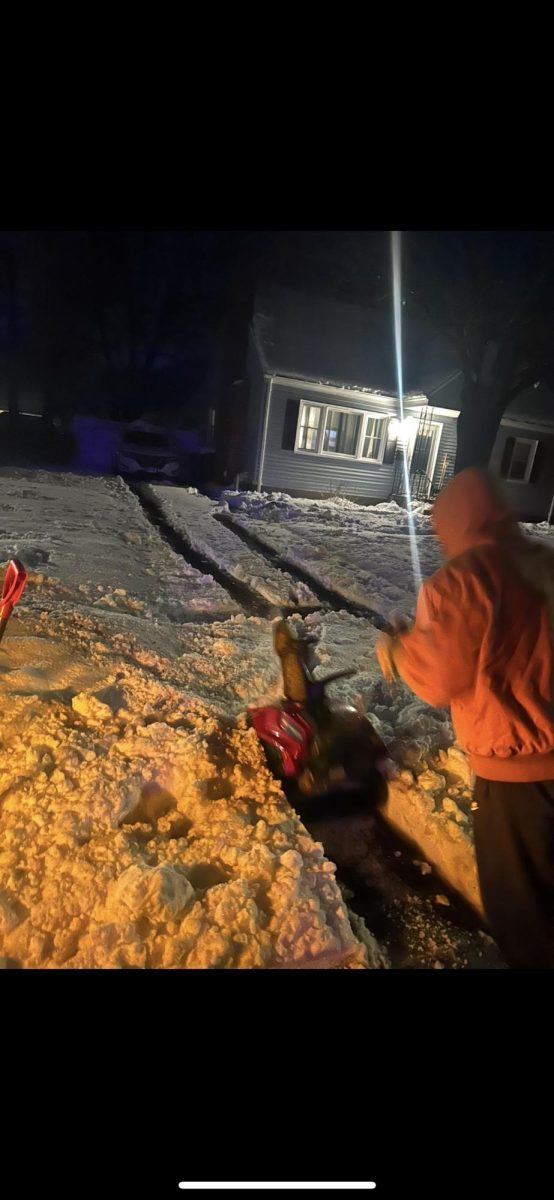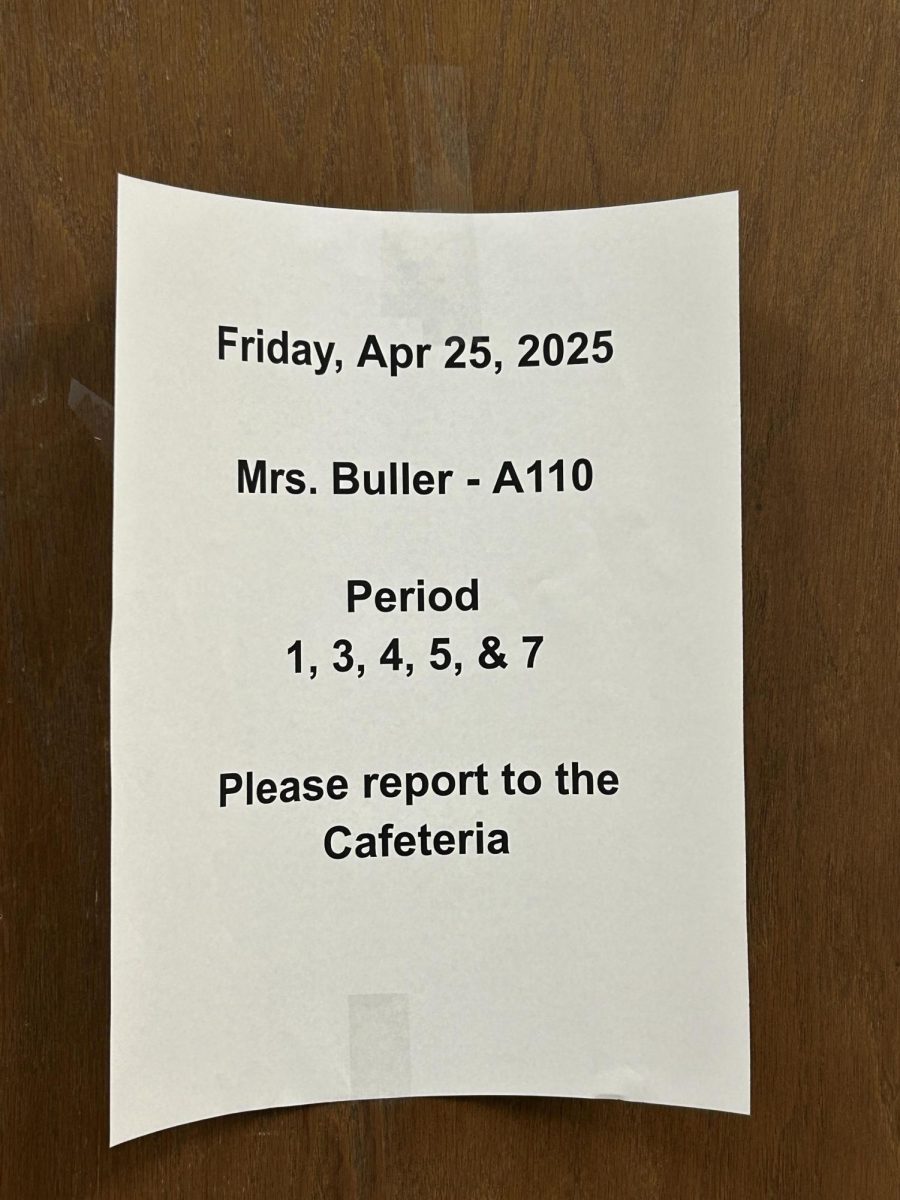The library, intended to foster curiosity and provide refuge for students, has become a battleground for space and resources. While adding more chairs and tables may seem like a simple solution, the reality is far more complex. The library is struggling to serve its purpose. The problem hinges not on square footage but on the people who keep it running—and right now, they’re stretched thin.
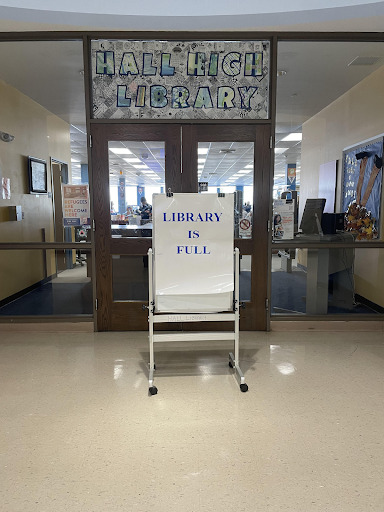
A shortage of substitutes has displaced students into the library, turning it into an overflow space rather than a haven for learning. Monica Vaida, the school librarian, captures the urgency of the situation, saying when students “don’t have qualified substitutes, they’re losing learning time… that’s something that should be a priority for everybody.”
The loss of learning time is just one part of the story. The strain on library staff is significant as Vaida, the lone librarian, and Theresa O’Donnell, the only teaching assistant, are left to control the crowds of students while managing their other responsibilities.
David Simon, a Spanish teacher and teacher union leader, often steps in to help during his free time, a testament to the dire need for additional support. Reflecting on the situation, Simon notes, “The library used to have two librarians, and now we’re down to one librarian and one assistant. I think the district is trying to reduce expenses.”
While these cuts have saved money, they have also compromised the library’s ability to function as a resourceful and inviting space. “Pretty much any problem of the type that you’re talking about can be solved by throwing money at it,” Simon acknowledges, though he adds, “That’s not always exactly what we want to do.”
Finding alternative solutions is challenging because the district’s budget is already tight. Superintendent Paul Vicinis shed light on these financial constraints, noting that “85% of the budget goes straight to salaries and benefits for our staff… everything else within the budget, which is a fairly minor amount, are generally fixed costs.”
Yet, these priorities come with trade-offs: “The last time we had two full-time librarians at the high school, one for Conard, one for Hall, was back in 2021. And previous to that, for a number of years, we had four,” Vicinis says.
He goes on, “We want our libraries to be inviting, places where you can peruse books, get lost in the academic feel, and have an interest.” However, with the current staffing shortages, the library’s primary function is often derailed, transforming it into little more than a holding area for unsupervised students.
Vicinis reminds that even minor changes, like raising teaching assistant pay by $5 a day, represent a $200,000 hit—the equivalent of two teacher salaries. Despite these challenges, Vicinis stresses the district’s “dramatic commitment to equity” and its focus on student needs: “The biggest priority is in and around student enrollment… then the next very, very significant priority is in and around costs associated with special education.”
Another issue adding to the inadequate position is that teaching assistants are considered interim positions. Vicinis explains, “Our thought process is that the teaching assistant position is typically temporary. The paraeducator position is potentially more of a career track for someone who wants to be in education.”
This shift has had a profound impact on those in the role. O’Donnell, who has proved that her job is not temporary by working at Hall for over a decade, revealed that she receives no benefits and that a newly hired assistant would earn the same amount she does now. This lack of recognition and support underscores the broader challenges that non-certified staff in our schools face.

“In order to attract good teachers, we have to have competitive salaries and benefits,” Simon points out. “We also have to have a good environment for teachers. Part of that environment involves teachers not being too stretched out. It’s important that students are more aware of some of the issues that teachers and schools are facing.”
Budget decisions, as Vicinis emphasizes, are held accountable by the community. “Whenever there’s a cut, people come out in droves and want to know about the cut; it demonstrates the value of whatever that is, and helps to give our board of education the feedback relative to are they gonna keep that in the budget or are they gonna take it out?”
In summary, the challenges faced by Hall High School’s library highlight the complexities of managing educational resources amidst budget constraints and staffing shortages. While the library is meant to enhance learning and provide a welcoming atmosphere, insufficient personnel has transformed it into a largely unsupervised space. The district’s commitment to addressing these issues is evident, yet financial limitations complicate potential solutions. For students and community members wishing to address these concerns, the Board of Education holds meetings twice a month on Tuesdays and Wednesdays, providing an opportunity to express views and participate in discussions about the future of educational resources.



